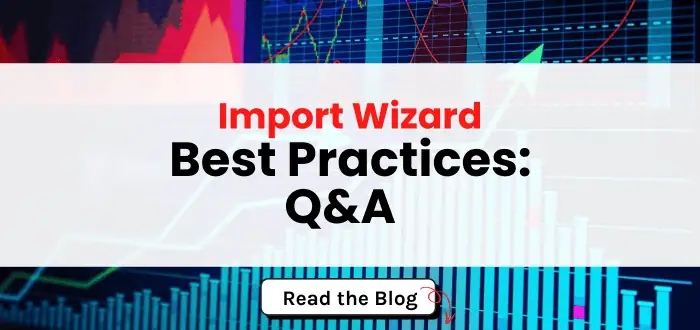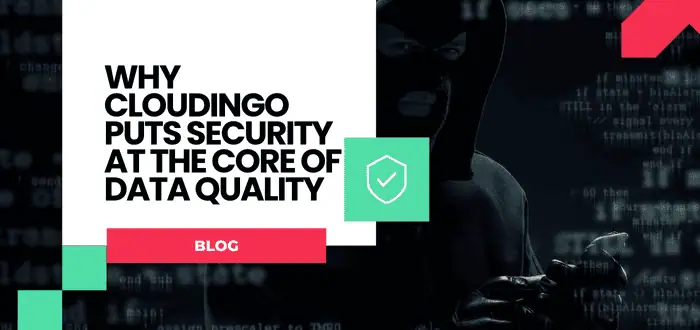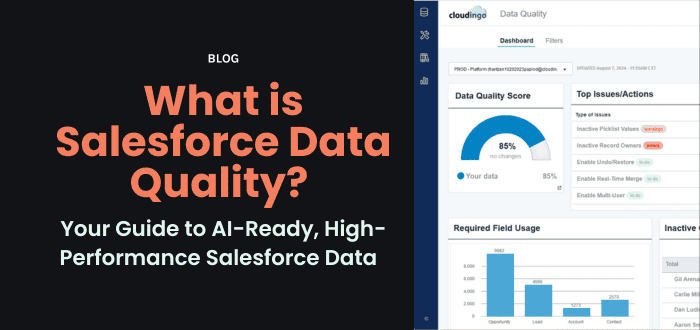According to online data reports, an average of 2.5 quintillion data bytes are created daily. When optimized, data can improve operations, reduce costs, and enhance services.
This has led to a huge demand across industries for those with data processing skills. Graduates who have studied computer science at a degree level and are able to offer data analytics services can work in a wide number of industries, ranging from small businesses to government agencies.
Within the next seven years, the Bureau of Labor Statistics estimates that data sciences will even see a 12% job growth. This growth is largely supported by the business sector since evidence suggests that using data analysis can increase revenue by up to 8%.
However, this level of data optimization can only be achieved with clean data. For small businesses that usually work off a modest IT budget, 84% of data is still manually processed. This leaves a lot of room for error which leads to dirty data.
Dirty data is a huge resource drainer, especially for small businesses with limited time, budget, and manpower. Recent data cleansing ROI reports specifically reveal that dirty data can cause a loss of $100 per bad data record.
To remedy this, small businesses should practice data cleansing. The process of removing incorrect, corrupted, redundant, or outdated data, data cleansing (also called data cleaning) is a healthy practice that should be rolled out regularly.
For SMEs who want to better leverage their data, here’s how to begin your data cleanse:
Monitor internal data processes
Before you can plug a leak, you need to know where the hole is. Similarly in data, you need to start by identifying where your data errors lie. This is especially important for SMEs who may not have the resources that big businesses do to comb through massive datasets.
To identify where your data errors are, review your recent records and see where most hiccups come from. If your supplier management doesn’t line up, your data error may be in inventory. If your customers are reporting mismatched orders, it may be in your consumer database.
After monitoring and determining where your data errors are coming from, you can then plot a sequence that documents what gets addressed first. This will allow you to mitigate problems more efficiently in order of severity before they pile up.
Validate and deduplicate data
Double-checking is great but having doubles of records is not.
Instead, duplicate records only create an unnecessary mess. Since you’ll likely be going through droves of data, this is where you’ll want to invest in a data cleansing tool like Cloudingo.
As an out-of-the-box cleansing solution, this tool can dedupe your records with zero IT intervention. This frees up more time for your team to accurately validate your data.
Data validation, while possible to be done with an AI or machine learning tool, should also be overseen by a team manager. Even in an SME with a lean team, the business administration training that a manager possesses will make them the most capable for the task. Since they’ve also got the most visibility in the team, your manager can accurately validate what’s still worth keeping, what needs updating, and what’s better off discarded.
Standardize entry with automation
At this point, you’ll now have a clean canvas to practice a healthier data entry process that will make future cleanses faster.
To do this, standardize your data entry with automation software that complements your unique needs. When choosing this software it’s best for business owners to be involved since they have the most well-rounded perspective. Since not every business leader knows how to review software, it may be worth it to upskill in IT principles. This enables leaders to make better-informed software choices.
Tech experts who espouse the value of entrepreneurs learning IT say that this leads to better decision-making. This in turn makes it easier to reach ROI goals. When you’re more intimately familiar with IT and software, you’ll also know how to maintain the standardized automation process as you scale up.
In all fairness, dirty data is nearly impossible to avoid completely. Given the massive influx of new daily data that is constantly integrated with existing databases, most businesses will find themselves in need of a data cleanse several times a year. With regular data cleanses, businesses—especially SMEs—can leverage data to gain invaluable insights about their services, their team, and their target market.
Author: Allie Cooper






